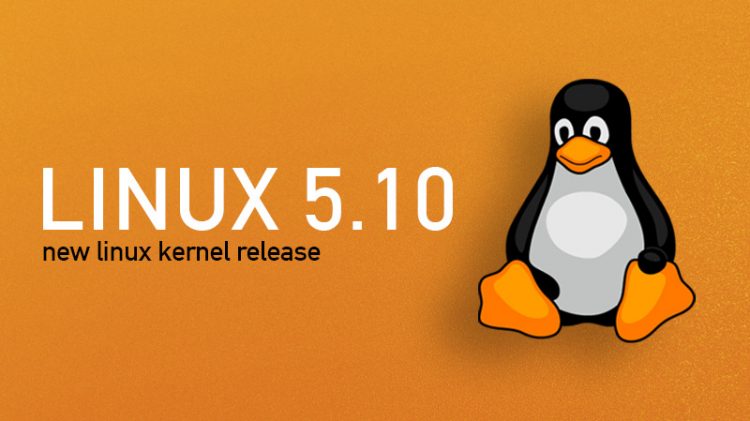
Linux Kernel 5.10 LTS Released, This is What’s New

An all-new Linux kernel release is here, so in this post we do our level best to rundown the core changes and key features ticking away at the heart of it.
Linux 5.10 is the latest mainline kernel update (as of December 14) and the latest ‘Long Term Support’ release too. Kernel devs plan to maintain Linux 5.10 all the way until 2026 – one year longer than Linux 5.4 LTS.
Linus Torvalds, Linux founder, announced the Linux 5.10 release on the Linux Kernel mailing list with his usual low-key flare, stating: “Ok, here it is – 5.10 is tagged and pushed out. I pretty much always wish that the last week was even calmer than it was, and that’s true here too.”
“There’s a fair amount of fixes in here […], but nothing makes me go “we need another week”. Things look fairly normal,” he adds.
A multitude of changes both big and small are (obviously) included in this update, all designed to make the Linux kernel run better, faster, and more efficiently than it ever has before. For more detail on the nuts and bolts, read on!
Linux 5.10 Features & Changes
Every new Linux kernel features a slew of filesystem and storage improvements and Linux 5.10 is no exception. This kernel uplift delivers ‘significant performance improvements’ to Btrfs fsync() operations, and switches to a new iomap infrastructure for direct I/O operations.
EXT4 snags a major write performance boost from ‘fast commits’ support, and gains optimised file overwrites in DAX/DIO modes.
Anyone working on the XFS file system will be reassured to hear that the system’s “year 2038” problem has been punted down the timeline. Timestamps within the XFS filesystem will now work until 2468 at the earliest.
Hardware monitoring support for AMD Zen3 processors is present in Linux 5.10, as is mainline kernel support for the Purism Librem 5 Linux smartphone. The Creative SoundBlaster AE-7 is a high-end PCEI-e DAC and amp sound and in Linux 5.10 the card works out of the box (OOTB).
Staying with hardware support, owners of the Apple-inspired Matias wireless aluminium keyboard (a cheap Magic Keyboard clone) will be pleased to hear it works OOTB in this update; maturing support for the upcoming USB 4 spec; and multitouch support for Lenovo X1 tablet trackpoint and buttons (gen 2 and gen 3 models).
Linux gamers will be pleased to hear that Linux 5.10 supports the Nintendo Switch Joy Cons and Pro controller — the latter being of the nicest controllers I’ve ever used, period. Newly upstreamed work means the controllers will work under Linux in both Bluetooth and wired USB mode. This includes basic input, plus LEDs, rumble, and even accelerometer and gyro data.
Rather strangely, Linux 5.10 also supports the Sega Saturn controller (the OG one, when connected via a USB adapter).
Elsewhere, Linux 5.10 lets MIPS processors boot kernels compressed with the zstd, and lets RISC-V boot systems with EFI firmware. Linux 5.10 also boasts faster hibernate and resume functions (where supported) due to batching of I/O requests.
For a comprehensive summary of these and other changes head over to Kernel Newbies.
Install Linux 5.10 on Ubuntu & Linux Mint
It’s possible to install mainline Linux kernels in Ubuntu, Linux Mint and other Ubuntu-based distributions by downloading and install the mainline kernel builds maintained by Ubuntu developers.
But —importantly— you shouldn’t go ahead and do that.
Ubuntu ships and supports a new Ubuntu Linux kernel (the upstream one with some Ubuntu specific patches and tweaks) in each new release of Ubuntu. The Linux 5.10 kernel (or later) will ship as part of Ubuntu 21.04 in April. This version will also get backported to Ubuntu 20.04 LTS at a later date.
But if you really can’t wait for Ubuntu to package and provide it you can install it manually — just do so knowing that when/if your system breaks in half, you get to keep both pieces!



























Leave a Reply